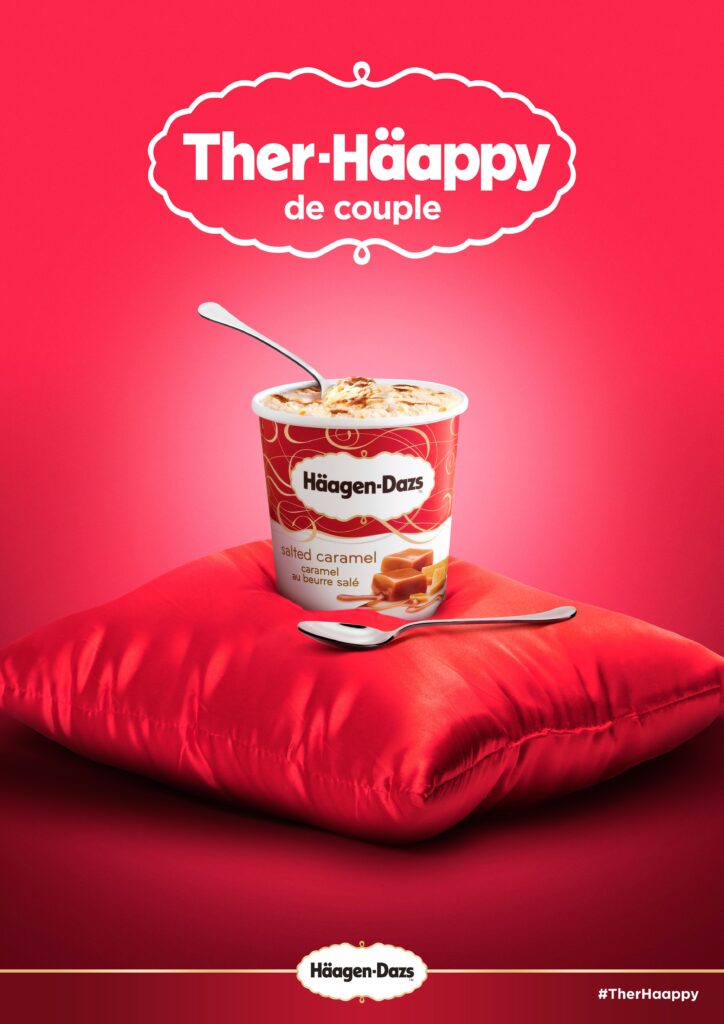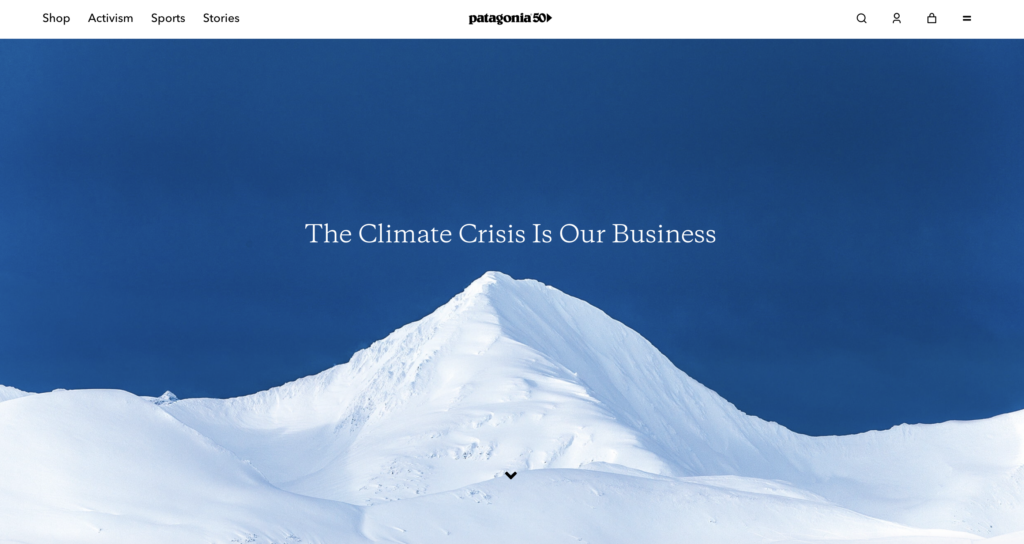Depending solely on organic reach on social media may limit your brand’s exposure to a narrow audience in today’s competitive digital landscape. But boosting social media posts is an excellent way to increase your brand’s visibility. By boosting your content, you can create brand awareness and generate interest in your services by strategically targeting and engaging a broader audience.
You should, however, start with defining your communication basics before you even consider content promotion. Doing this as a first step will help you create content that resonates with the right audience, which is what we all are trying to do here, right?
We’ve decided to write down the most effective tips and tricks for boosting your posts for brand awareness and to share our experiences that might help you on your journey.
This time, let’s talk about defining your brand’s identity that you will use across all your content.
What is your brand’s identity?
Brand identity describes the qualities, values, and personality that make your brand stand out. When you define it, you can create content that authentically represents your brand and resonates with your target audience.
There are a few key aspects to consider when defining a brand’s identity.
Personality
Think of it as a set of human characteristics attributed to your brand. Is your brand friendly, playful, professional or sophisticated? Understanding your brand’s personality helps shape the tone of your content and the voice you use to communicate with your audience.
One effective way to define and establish a brand’s personality is through the use of brand archetypes. Archetypes are symbolic representations of different personality traits and characteristics that appear in mythology and storytelling. They help create emotional connections and shape brand perception.
For example, the “Hero” archetype may convey bravery, determination, and the desire to make a difference, while the “Lover” archetype may evoke emotions of passion, intimacy, and connection.

You can define your brand’s personality more effectively by aligning it with a specific archetype. As an example, if your brand aligns with the “Explorer” archetype, your messaging and visuals may convey curiosity, adventure, and discovery. Using this approach can help you shape your content strategy to appeal to an audience seeking adventure.
Values
What principles and beliefs does your brand stand for? What are the key principles guiding how your company operates? These represent the standards a company/brand will follow and stick to in pursuit of its mission and vision.
To make it easier for you, here are some examples of how values could look like:
- Fast turnaround time – we’ll respond to your request in 48hr or less
- Start with the consumer – always look at things from the user’s perspective
- Hire the best talent – we only hire the best people
- Transparency – communicating the origin of our products or materials
- Freedom – allowing our workers to work from anywhere in the world
- Simplicity – our website copy and product descriptions and other communication materials are easy to understand
Unique Selling Proposition (USP)
Use a positioning statement, which is an expression of how your brand fills a particular need your consumers might have, in your content to spread your message.
Let’s have a look at some examples of USPs by well-known brands along with their positioning statements.

Nike: “Just Do It.”
Nike’s USP focuses on inspiring and empowering individuals to take action and pursue their goals. They position themselves as a brand that embodies athleticism, determination, and motivation.
Canva: “Empowering the world to design”
With its user-friendly interface, extensive library of templates and assets, customization options, and supportive community, Canva democratizes design and makes it easy for users to create stunning visuals.
Slack: “Slack, your digital HQ”
Slack’s goal is to centralize collaboration and team communication within organizations, to streamline workflows, and to foster a sense of belonging. The platform supports effective teamwork, information sharing, and seamless integration with other tools, making it a useful tool in modern workplaces.
Visual Identity
Consider your brand’s visual elements, including logos, color schemes and typography. These visual cues should be consistent across all your content to reinforce brand recognition and familiarity.

When developing a visual identity for your brand, take the following elements into account:
Logo
Logos represent brands and serve as symbolic representations of businesses. Your logo should be prominently featured in your content to enhance brand recognition.
Color Palette
Select a color palette that aligns with your brand’s personality and values. Keep these colors consistent in your content to establish a visually cohesive brand identity. Colors evoke emotions and influence how your audience perceives your brand so it’s important to pick the ones that are most relevant to your brand and stick to them.
Typography
Choose fonts that reflect your brand’s personality and are easily readable. Consistency in typography helps establish a professional and recognizable visual identity. Utilize specific fonts for headlines, body text, and other text elements in your boosted posts.

Design Elements
Identify specific design elements that represent your brand. These could include patterns, icons, or graphic elements unique to your brand. Incorporate these elements strategically in your content to enhance brand recognition and create a visually distinctive presence.
Once you’ve established your visual identity, you have created a visual language that resonates with your audience and contributes to brand recall. When your audience consistently sees your content with memorable visual elements, it reinforces your brand’s identity and helps them associate specific visuals with your brand.
Your brand identity is the foundation for your content
By establishing a strong brand identity, you create a foundation for your content promotion that ensures consistency, authenticity, and coherence in your messaging. It enables you to craft posts that align with your brand’s values and resonate with your target audience, ultimately enhancing brand awareness and recognition.
For example, if you are a sustainable fashion brand targeting environmentally conscious consumers, your brand identity might revolve around values such as eco-friendliness, ethical sourcing, and conscious consumption. Your content can then focus on showcasing sustainable materials, sharing stories of fair-trade artisans, or highlighting the positive environmental impact of your products. This consistent alignment with your brand identity helps to establish your brand as a trusted authority and builds a loyal following among your target audience.

Remember, a well-defined brand identity not only influences the content and messaging of your boosted posts but also extends to other marketing efforts. It serves as a guiding compass for your brand’s overall communication strategy and helps ensure a cohesive and impactful brand presence across all channels.
You’ve got yourself a brand identity, now what?
You’ve created your brand’s identity and got your basics covered, you’ve produced relevant and valuable content for your social media channels, but you want to push it even further? Now it is the time to introduce your brand to the world and to attract new customers, or to reach out to your existing customers and refresh their memory.
If you’ve found yourself in this position, consider trying Boosterberg’s Ad Campaign Presets. These presets are pre-configured settings specifically designed for Facebook and Instagram ad campaigns. They are based on industry best practices and insights, simplifying the process of creating and managing your campaigns.
Ad Campaign Presets are especially beneficial for businesses and marketers who are new to social media advertising or who want to simplify their campaign setup without compromising quality or performance.
By using Boosterberg’s Ad Campaign Presets, you can quickly launch well-optimized campaigns, and focus more on strategic aspects such as ad creative, messaging, and performance monitoring.
Would you like to learn more about
Boosterberg’s Ad Presets?

